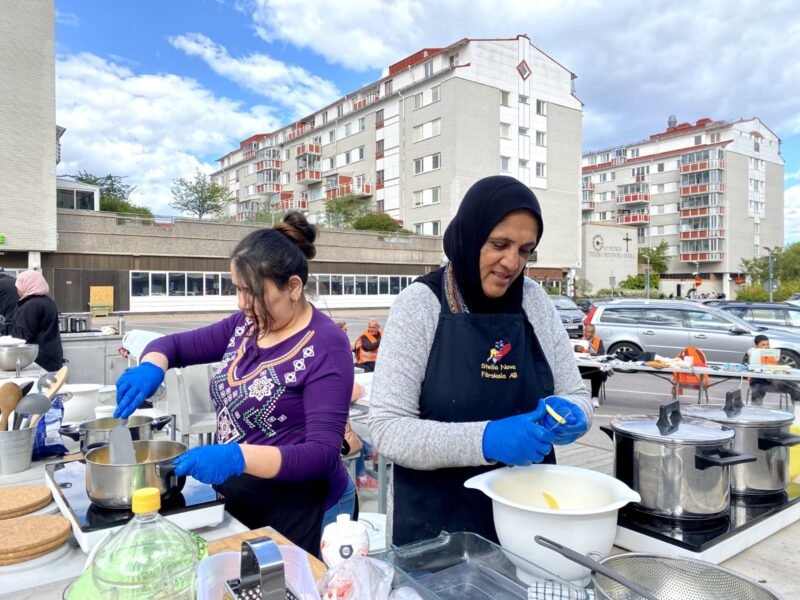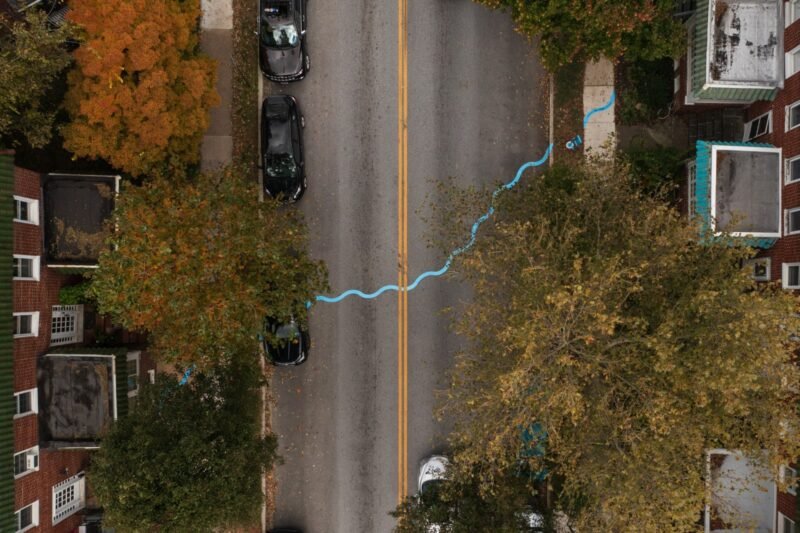Activism Doubt
 Activism Doubt is a vibrant new book by Dutch Artists Harmen de Hoop and Jonas Staal. The book, published by Onomatopee, is the result of a collaboration between the two in the period 2007-2009. Activism Doubt is a visual, playful and theoretical dialogue about the role of art in public space. Within this dialogue, both artists had to fully understand each other’s person and work. Therefore the rules for this cooperation were as follows:
Activism Doubt is a vibrant new book by Dutch Artists Harmen de Hoop and Jonas Staal. The book, published by Onomatopee, is the result of a collaboration between the two in the period 2007-2009. Activism Doubt is a visual, playful and theoretical dialogue about the role of art in public space. Within this dialogue, both artists had to fully understand each other’s person and work. Therefore the rules for this cooperation were as follows:
“(1) In each of the De Hoop’s works Staal must perform and vice versa; (2) Every piece has to be performed in the public space; (3) When Staal performs he has to follow De Hoop’s instructions and vice versa; (4) The works have to be a reciprocal comment on the position that both artists represent in their individual work.”
Both artist share the observation that governments and comparable organization, whether or not with a commercial interest, are increasingly deciding about the boundaries of our possibilities in the public domain. This over-regulation and growing control by formal authorities is a limitation of our freedom of expression. In their project, De Hoop and Staal react on these limitation, using public space as their artistic ‘canvas’, and working with statements, media representation, manifestation, actions, doubt and a lot of humor. This has led to a complaint about prefabricated morality, naturalness in decisions and the power of the majority in the public realm.

All projects in the book are, to some extent, provocative, but in fact quite innocent at first sight. I’d like to pick out one of the projects here, about desperate citizenship:
“Re-interpretation of an untitled performance by the Russian poet and performance artist Alexander Brener. While Russia was the middle of the war campaign in Chechnya (1994-1996), Brener went out to the Red Square, Moscow in boxing equipment and shouted repeatedly in the direction of the Kremlin: “Yeltsin, come out!” The re-interpretation was performed in front of the public entrance of the Parliament in The Hague, commonly used by Dutch MPs. Dressed in a boxing outfit, De Hoop shouted “Come out!” repeatedly toward the entrance door. Once stopped by the military police, De Hoop explained how an individual in boxing outfit and the sentence shouted represented the so-called ‘gap’ between ‘society’ and ‘politics’, and the sometimes desperate attempts of citizens to make themselves heard while not knowing how to make use of existing and governmentally approved structures of communication to do so.”
The brilliant actions and interventions make browsing and reading this book a pleasure. They’re all sharp comments on the public space that so much represents current Dutch culture and society. Reading further, I started to get most impressed by the conversation at the end of the book. This part nr. III called Doubt can be seen as a conclusion of the two years of intensive collaborations. The artists criticize and discuss each other’s approach. This discussion between De Hoop and Staal shines a light on the positions that both artists have towards the role of public art in a societal and political context, which is pretty interesting since these kinds of debates are often missing in urban art projects, in my opinion. What, for example, is political activism in art? Should art try to influence formal political structures or should art take an own position far away from this? And to what extent can artists be influential to formal arenas?


The book (only 600 copies pressed) is absolutely worth reading, and having. The lay-out design by Remco van Bladel is worth viewing and the book contains a series of manifestations and urban interventions, all funny material on the first impression. For full understanding, however, one needs to pay attention to the conversation part at the end of the book. Some of the projects do lack context without reading the dialogue, as this contains a lot of important information about the showcased projects.
Activism Doubt (2009)
Harmen de Hoop and Jonas Staal
Publisher: Onomatopee, Eindhoven, The Netherlands
170 mm x 240 mm, 152 pages



